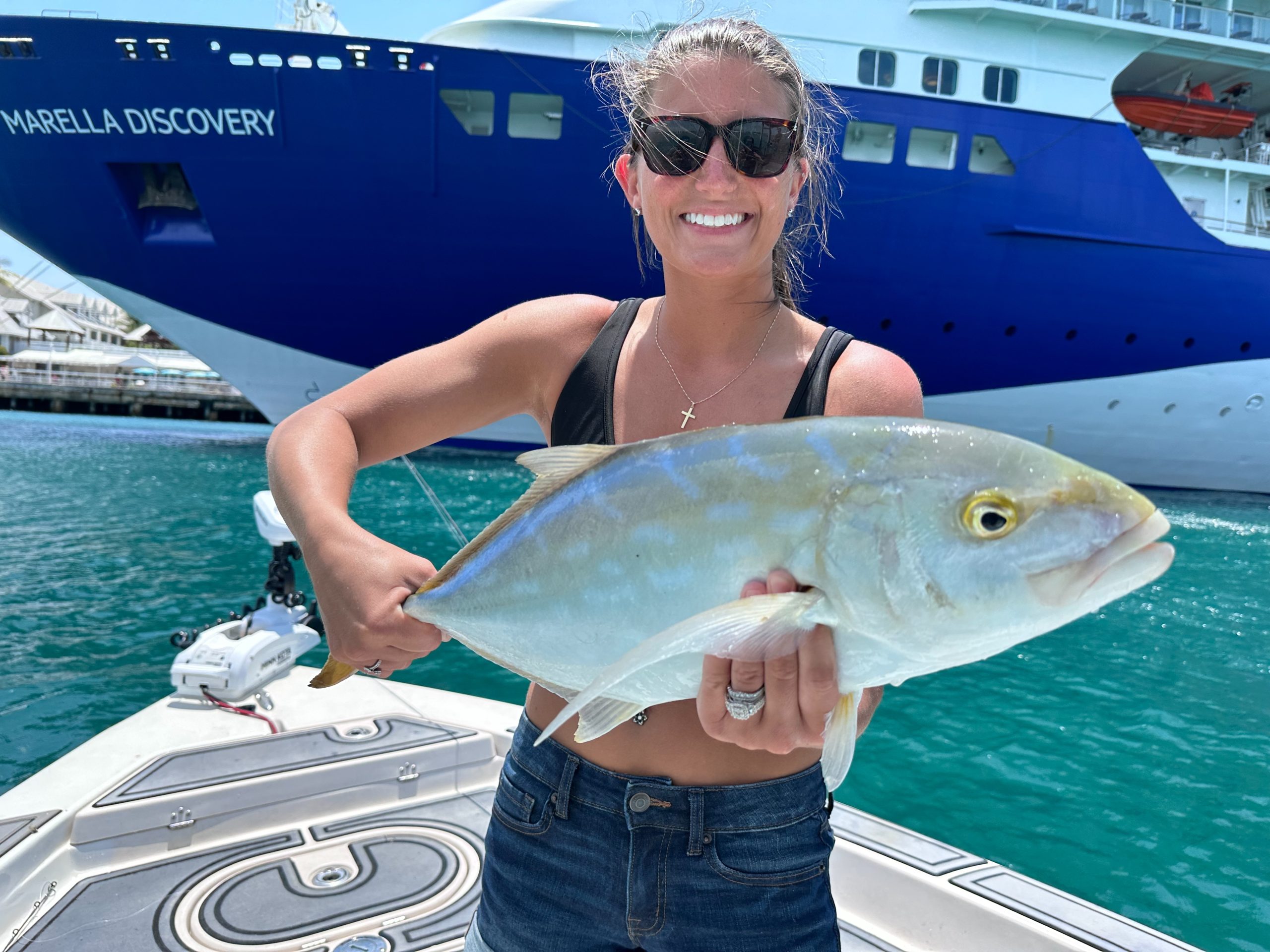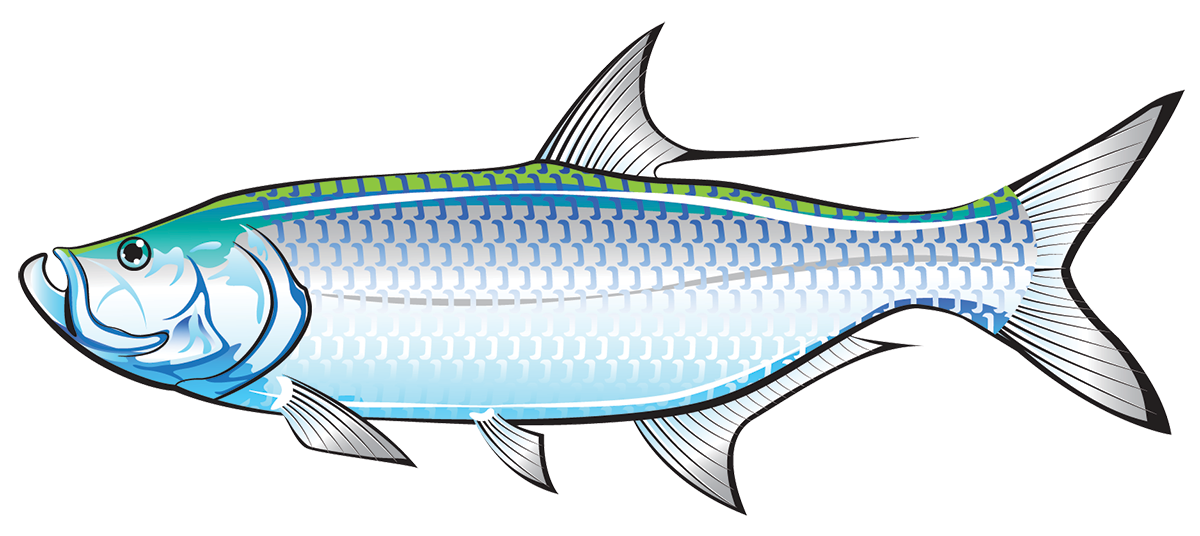
For anglers seeking an adrenaline-pumping adventure, few fish compare to the mighty tarpon. With their impressive size, acrobatic displays, and powerful runs, tarpon offer an exhilarating challenge that captivates fishermen around the world. In this article, we delve into the electrifying experience of catching tarpon, exploring their characteristics, preferred habitats, and the techniques we employ to hook these magnificent creatures out of Key West.
Tarpon (Megalops atlanticus), also known as the silver king, are highly regarded as one of the most exciting game fish. Growing up to eight feet in length and weighing over 200 pounds, tarpon possess incredible strength and agility. Their sleek, silver bodies and prominent eyes make them a sight to behold both in and out of the water. With a bony mouth and hard jaw, tarpon require skilled angling techniques to ensure a successful hookset.

Tarpon inhabit both saltwater and brackish environments, making them versatile predators. Along the coasts of Florida, including Key West, tarpon are commonly found in flats, channels, estuaries, and nearshore waters. They are particularly attracted to areas with structure such as bridges, jetties, and mangrove shorelines. Tarpon migrate seasonally, with the summer months being the prime time for targeting these magnificent creatures. During their annual migration, tarpon congregate in large schools, providing an excellent opportunity for anglers to test their skills and experience the thrill of multiple hookups.
The battle between angler and tarpon is an adrenaline-fueled affair. When hooked, tarpon explode from the water in a breathtaking display, often leaping multiple times to shake the hook. Their acrobatics and sheer power test both the angler’s skill and the durability of the tackle. As the angler engages in a game of give and take, the tarpon’s powerful runs can strip line from the reel at an astonishing rate. The reel’s drag system is put to the test, ensuring a delicate balance between maintaining pressure on the fish while preventing the line from breaking.

The physicality of a tarpon fight is only part of the thrill. The mental aspect of the battle is equally engaging. Anglers must anticipate the tarpon’s movements and react quickly to its sudden changes in direction. The connection between angler and fish is palpable, as every pull, leap, and run is felt through the rod, creating a captivating and intense experience.
Anglers employ various techniques when targeting tarpon. Live bait presentations, such as mullet, crabs, or large shrimp, are popular choices for enticing these powerful predators. These baits are often suspended under a float or free-lined to allow them to drift naturally with the current. Artificial lures, such as swimbaits, soft plastics, and topwater plugs, can also entice tarpon strikes. Casting these lures to rolling or feeding tarpon can trigger aggressive reactions.

Precision and timing are crucial in hooking tarpon. When the moment arrives, anglers must set the hook firmly and immediately to penetrate the tarpon’s hard mouth. The explosive take and subsequent leap of a hooked tarpon provide an unforgettable rush, and the angler’s heart races with anticipation as they prepare for the fight ahead.
We have had much success so far this summer and it shows no signs of slowing down. Let us guide you to a fish of a lifetime!
Tight Lines,
Capt. Eric Evans
305-731-5459
eevans2836@yahoo.com


